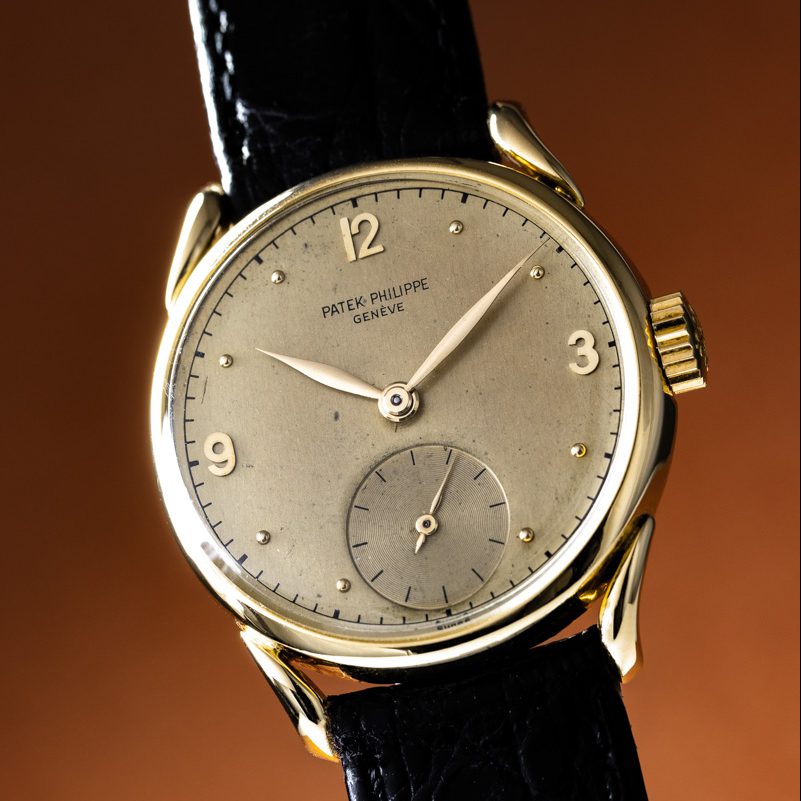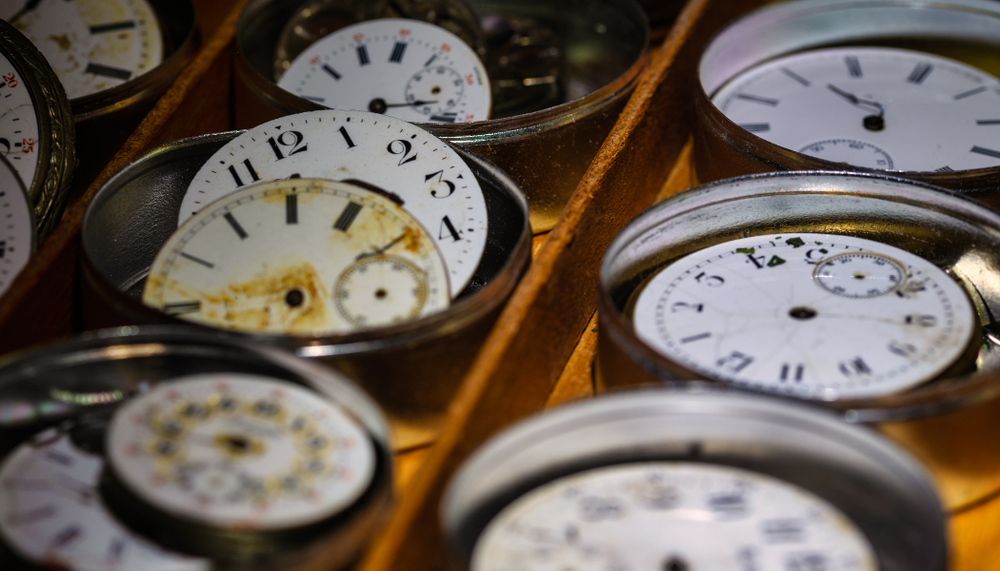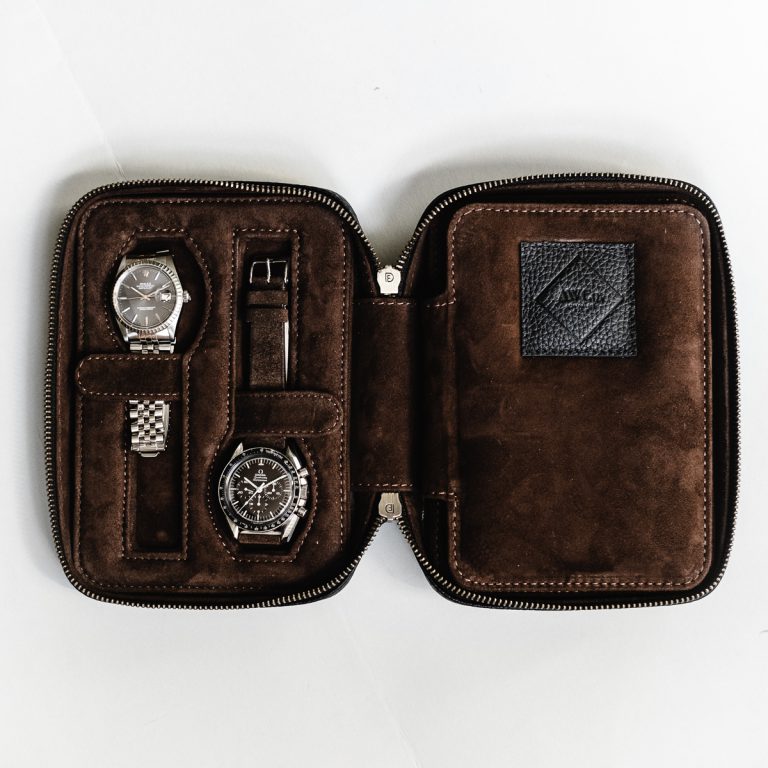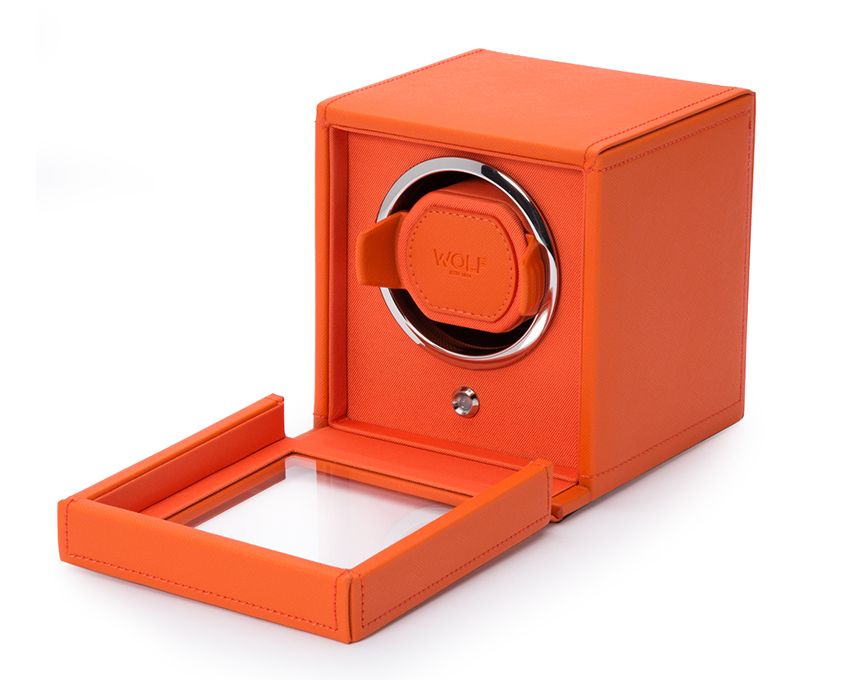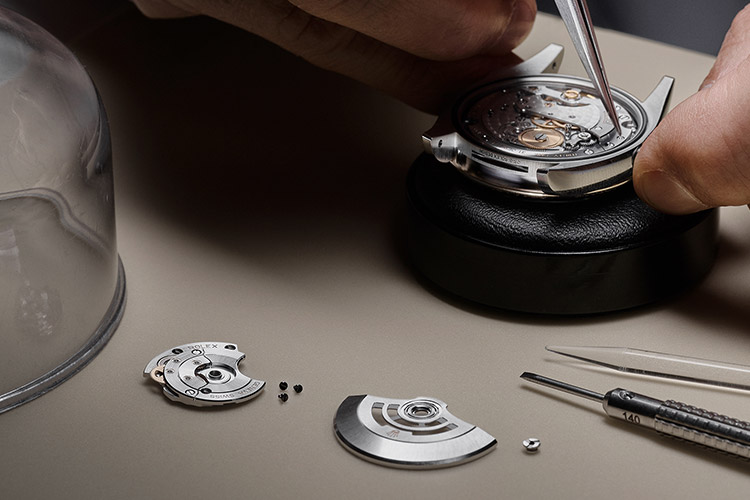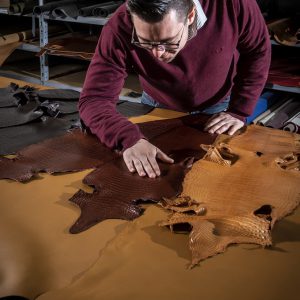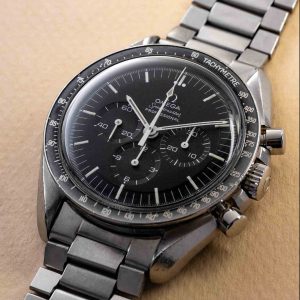11 tips on how to take care of your vintage watch
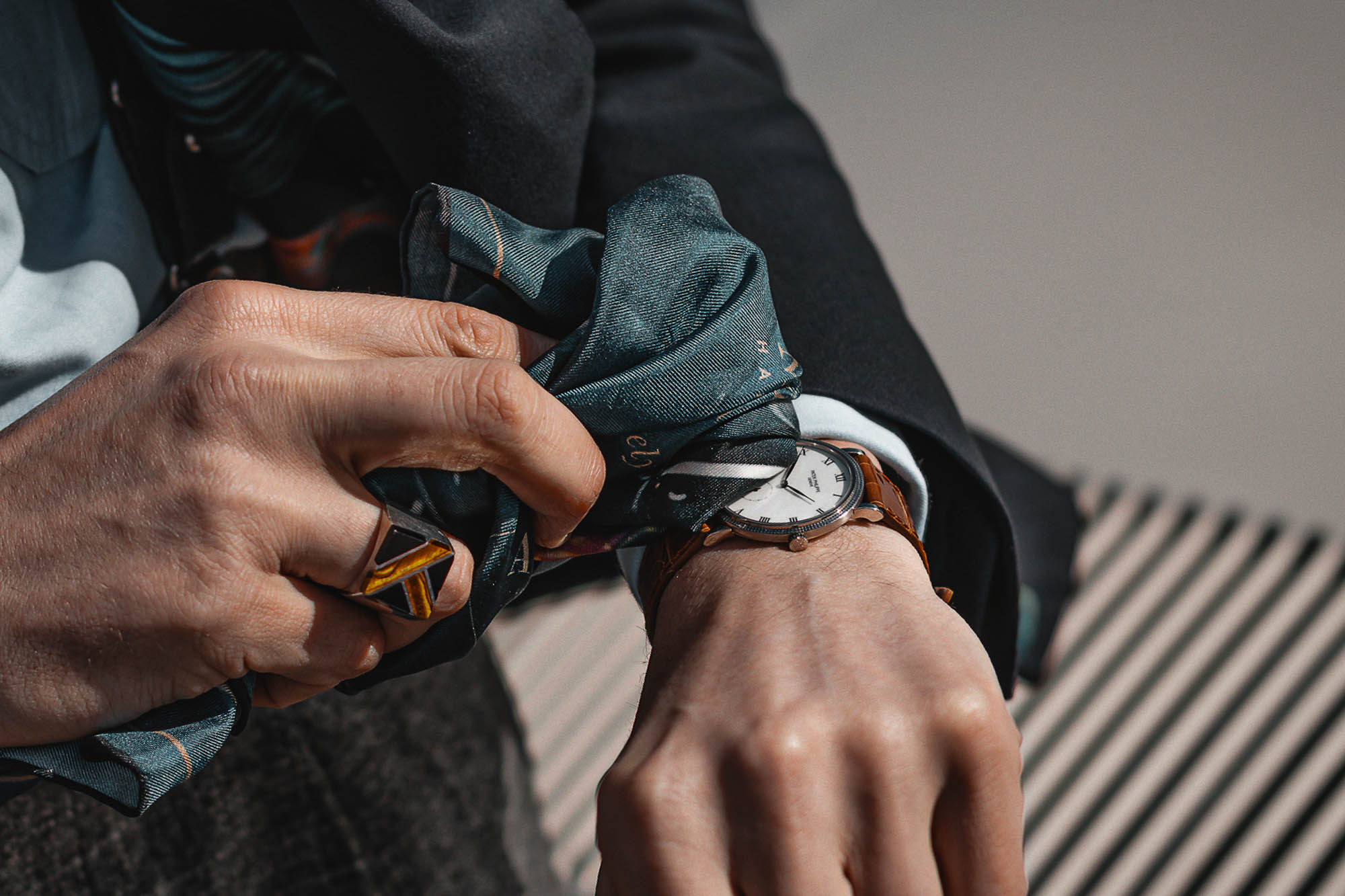
If you are reading this, chances are you are either a seasoned collector of vintage watches, or you are looking to buy your first. While this article likely contains some useful nuggets for the former category of readers, it is primarily aimed at the latter.
By AWCo on 6 January 2023
You may be in the process of comparing brands, models, periods and variations. You are probably also looking carefully at condition, originality and warranty, since that can save you a lot of headaches down the road. This is probably a good time then, to share some insights on how to take care of your vintage watch. The basic principles to ensure you get the maximum joy out of your prized possession for the longest possible time.

Built to last
The idea of a product that is built to last may be getting more and more alien to us, in a society dominated by fast consumption. You can buy the highest-spec iPhone, only to discover it is no longer supported after a couple of years. And many of our household items have become so cheap, we would much rather replace them than have them repaired.
A well-built mechanical watch is very, very different. If properly cared for, it will last for generations. In fact, with restoration technology progressing every year, the expiration date of a proper watch is, well…virtually non-existent. That is probably one of the reasons why vintage watches have been steadily growing in popularity over the past couple of decades. The faster and more fluid our lives get, the more attractive a vintage watch becomes, as a beacon of stability and longevity.
"If you keep these simple tips in mind, you can enjoy your watch without worry and without unexpected costs."
At the same time, it is certainly possible to completely ruin a high-end watch through misuse. And if you have just put your hard-earned savings into it, you want to prevent that from happening! To that end, here are our top 11 tips for caring for your vintage watch.
The crown
Operating a watch crown does not seem particularly complicated. Except for the occasional highly complicated haute horology work of art, most watches are pretty intuitive to wind and set. Still, most of the issues we see at AWCo can be directly traced back to misuse of the crown.
Tip 1: Never operate the crown while wearing the watch.
It is so tempting to make small adjustments with the watch still on the wrist, but know that you are putting an upward force on the crown, which can easily bend the stem. The stem is not made to endure significant stress, so it is quick to fail under such abuse. So always operate the crown, whether for winding or setting the time, while holding the watch in your hand.
Tip 2: Make sure the crown is always flush with the case or screwed down.
An open crown is an easy access point for dust, dirt and moisture. And those are the arch enemies of mechanical watches. So make sure to always check whether you have pushed the crown back in after setting the time. If your watch features a screw-down crown, always make sure it is fully screwed back in, before putting the watch on your arm.
These two tips aren’t really tips at all. They are more like first principles. A failure to stick to these two points is a surefire way to get some really expensive repair bills really quickly.
Tip 3: Set the time forward only.
Granted, many good watches can be set both backwards and forward without issue. For some watches with date complications though, setting the time counter-clockwise can cause harm to the date mechanics. If you want to be completely safe, it is clever to just get yourself used to set the time clock-wise
Tip 4: Do not change the date between 21:00 and 03:00.
Here is another tip that does not apply to all watches, but it is good practice to just get used to doing it this way. Many watches with date complications start engaging their date wheels somewhere between 21:00 and 00:00, and do not complete the date change until sometime between 00:00 and 03:00. If you overrule the date within that window, you could snap teeth off of the gears. So when setting the time and date, always turn past 12 to know whether you are in AM or PM. Then set the right time and date. If the actual current time is between 21:00 and 03:00, set the date while still outside that range and only then dial in the time.
Blancpain Bathyscaphe from 1960
Moisture
One of the eternal arch enemies of mechanical watches: is moisture. It is quite simple: keep it out of your watch.
We always advise our clients to treat vintage watches as completely non-water-resistant. If you want to go swimming, diving or taking a shower with a watch, best buy a modern dive watch on the side. After decades of use, tolerances within the case may have gotten a little larger through wear and steel-on-steel oxidation. And these older materials aren’t quite as stable under temperature and pressure changes as modern watches are. Water resistance is never covered under warranty and even if you were to buy a brand new Rolex Submariner at the authorized dealer, your insurance will demand you have it tested every two years if you want to be covered for water damage.
Tip 5: Drier is better.
Keeping your vintage watch away from moisture is a great idea. That is not limited to the swimming pool or the shower. Do not keep your watch in the bathroom while showering or bathing either. Remember that steam is just water dressed as smoke. Dishes and rain are best kept away from your watch too!
Tip 6: An action plan for wet accidents.
Accidents can happen. You glance at your wrist and see a fogged-up crystal. The horror! Now what? (rest assured that this is extremely unlikely if you stick to tips 2 and 5)
Time is of the essence. We want to get it dry as soon as possible, to prevent oxidation. Oxidation is the real killer here. This is the one exception where it is OK to put the watch back on with the crown open. In fact, it is now mandatory. Crown out to the furthest position, watch on a wrist. And rush to AWCo (if your watch was bought from us), or your local watchmaker. The warmth from your arm and the open crown allows the moisture to find its way out and the quicker you get to your watchmaker, the more likely your watch can be fixed.
Tip 7: Cleaning your watch
Cleaning your watch is best done with a dry microfiber cloth and, if needed, a cotton swab. Really no need to use any liquids. Especially stay away from detergents and soaps. These make it even easier for the water to get into the tiniest of cracks or openings. You can clean a bracelet with a mild soap mixture, but only if you have taken it off of the watch itself.
Storage and insurance
This is a little more personal. Some people prefer a custom safe with built-in watch winders and extended luxury watch insurance. Others put their watch on their nightstand and leave it at that.
Tip 8: Watch winders for complicated watches only.
Do you need a watch winder? Well, it depends on your particular preferences. If you switch watches all the time and hate setting a watch, it is practical to put your watches in winders. If you have a highly complicated watch, an annual or perpetual calendar, a winder can be a big timesaver.
The story that a winder prevents oils from drying or clogging up is a myth. It is perfectly fine for a good mechanical watch to lay dormant in between uses. So for most of us, a nice pouch, case or roll is probably a more sensible option.
Tip 9: Keep the bracelet and the case back away from each other.
If you put your steel, gold or platinum bracelet watch down on a surface, the bracelet can scratch the case back. You may not care all that much, but if there is a beautiful engraving on the back, you might want to prevent this from happening. Putting the watch in a watch roll is a great way of keeping everything safe and tidy. Your beautiful watch will rest comfortably on a soft suede cushion. Keeps the dust off as well. And it looks really cool! Oh, and it smells really nice if you get a good one!
Tip 10: Check and inform your insurance.
It is always smart to inform your home contents insurance of any new watch purchase you have made. You can share our AWCo receipt and certificate. It is clever to check what falls under your current coverage and what doesn’t. Some content insurances cover outdoor accidents and crimes as well, while others don’t. Most put a limit on the insured value of luxury goods such as jewellery and watches.
Again, this is personal. Some prefer to only buy what they can afford to lose. The more fanatical collectors may require some more security in case of a crime or a fire. Just see what suits you best.
Maintenance
Of course, any mechanical device with moving parts and friction will require occasional maintenance. For a mechanical watch, it is smart to keep a service interval of five to six years.
During a service, your watch is taken apart down to the last screw. It is completely cleaned and any worn-out parts may be replaced (check if your watchmaker has access to original parts!). It is then reassembled and lubricated with fresh oils.
Tip 11: Stick to a 5-6 year service interval.
It is smart to stick to this interval since the oils in watch movements dry out over time. This means that friction increases, which means parts will wear out. So stretching your service interval could lead to more involved and expensive repairs down the road.
Keep in mind that a full service by a properly trained and experienced watchmaker with access to original parts is a costly affair. Depending on the brand and complexity of the watch, it can range from several hundred to well into the thousands of euros. Rest assured that the latter applies only to the seriously exotic.
Bonus tip: set aside a tiny amount every month to cover your services, that way they don’t hurt as much.
Enjoy your watch
With ten (OK, twelve) tips like this, you might think it is hard work owning a vintage watch. Rest assured, it is not! It is a great joy and a wonderful hobby, for many of us even passion. And if you keep these simple tips in mind, you can enjoy your watch without worry and without unexpected costs.

